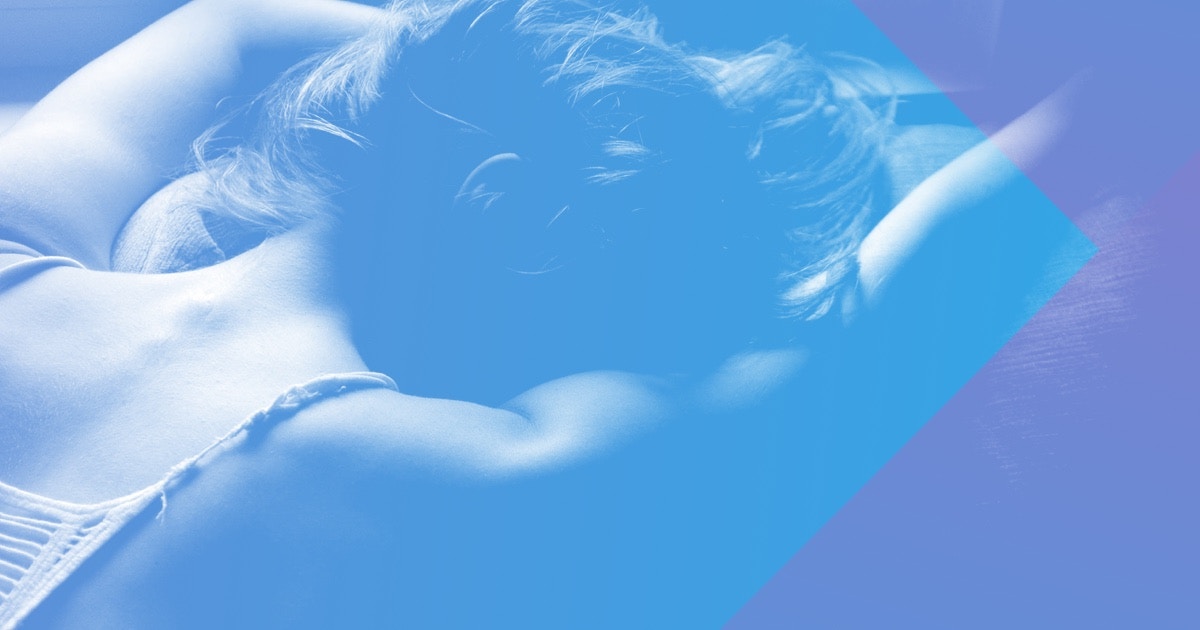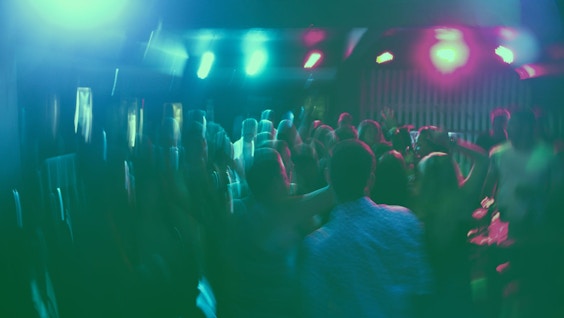I Am Sober is a free app that helps you get some control back in your life.

Withdrawal from Alcohol
Last Updated: Fri, January 19, 2024Alcoholics who drink heavily and often are more likely to experience withdrawal when they stop drinking. Age is also a factor, as the risk of withdrawal goes up with age. The severity of the symptoms will vary depending on how much the person was drinking, how often the person was drinking, how long the person has been drinking for, and if they’re genetically predisposed to alcohol withdrawal.
For people dependent on alcohol, most will start to experience withdrawal symptoms within 24 hours after their last drink. Some people experience symptoms as early as six hours after their last drink. Typically alcohol withdrawal lasts no more than 4-5 days.
Why People Experience Alcohol Withdrawal
Unlike stimulant drugs, alcohol is a depressant. It slows down brain function and other bodily functions. This makes it harder for alcoholics to stay focused on a task, takes them longer to react, and even stay awake. People suffering from Alcohol Use Disorder (AUD) tend to experience alcohol withdrawal because their central nervous system (CNS) has grown used to functioning with alcohol present. When alcohol is removed from their system, the brain is again thrown out of balance, causing withdrawal symptoms.
Alcohol withdrawal has three stages of side effects:
Stage 1 Symptoms
The stage 1 symptoms usually occur within the first 24 hours since your last drink.
-
Anxiety
-
Agitations
-
Insomnia
-
Nausea
-
Abdominal pain
-
Loss of appetite
-
Vomiting
-
Depression
-
Confusion
-
Difficulty thinking/problem solving
-
Tremors
-
Fatigue
These symptoms can vary from mild to severe; they are usually mild at first and get more severe with time.. They can come on in as little as 6 hours after the last drink.
In addition to these symptoms, some people experience seizures and hallucinations when they stop drinking. The risk of alcohol withdrawal seizures is highest during the first 24 hours after stopping drinking. This is one (of many) reasons why it’s important to either detox in a treatment center or communicate with someone you love and trust to watch over you during this tumultuous time.
Stage 2 Symptoms
Stage 2 symptoms are generally more severe than stage 1 symptoms. They typically start after the first full day abstinent and last up to three days.
-
Fast heart rate
-
Confusion
-
Sweating
-
Insomnia
-
Nausea
-
Irritability
-
Mood swings
-
Increased blood pressure
-
Heightened body temperature
-
Rapid or irregular respiration
Stage 3 Symptoms
Some, but not all, people can experience more severe symptoms after 1-2 days of not drinking.
-
Hallucinations (usually visual or tactile)
-
Sensitivity to light and sound
-
Seizures
-
Fever
-
Severe confusion
-
Dehydration
-
Continued sweating
-
Continued high blood pressure and fast pulse
-
Agitation and heightened irritability
-
Severe tremors.
These symptoms can add up to a condition called Delirium Tremens (DTs). The two key factors of Delirium Tremens are delirium and tremor. Delirium means acute brain failure, characterized by severe confusion and hallucinations. About 3-5% of people with severe alcohol use disorder will develop the DTs if their withdrawal is untreated. Untreated DTs are dangerous. Roughly 20% of people who develop the DTs will die if their DTs are not treated.
This is one of the many reasons, people suffering from AUD should not try to ‘white knuckle’ their way through alcohol withdrawal.
Alcohol Withdrawal Treatment
As any alcoholic can tell you, the initial withdrawal – while taxing – is not biggest challenge. The biggest challenge is the day-to-day mental challenge that follows.
In regards to treatment, most medical facilities provide medications to control withdrawal symptoms. Providers can treat nausea, dehydration, insomnia and other withdrawal symptoms. Providers prescribe benzodiazepines to reduce withdrawal symptoms and prevent the emergence of DTs. Some providers will also prescribe gabapentin to help with anxiety.
Medical facilities also use medications to curb other potentially dangerous symptoms such as the irregular heartbeats, rapid respiration, and high blood pressure. Plus, many alcoholics suffer from malnutrition due to their addiction, so supplements are provided. In short, medical supervision is highly recommended to avoid relapsing or prolonged suffering. It’s meant to rebalance your body without the whiplash of withdrawal.
Treatment after Withdrawal
After withdrawal, you’ll need treatment for cravings and other psychiatric symptoms, such as insomnia and anxiety. The medications that are approved for dealing with alcohol use disorder are naltrexone, acamprosate and disulfiram. Naltrexone helps recovering alcoholics by blocking the pleasure-inducing opioid receptors in the brain. In this way, naltrexone reduces pleasure of drinking. Naltrexone also seems to reduce cravings in some people. Naltrexone comes as a long-acting injection (Vivitrol) that is given every 4 weeks. People on Vivitrol tend to have better outcomes than people taking oral naltrexone.
Acamprosate may reduce compulsions to drink, possibly through interaction with glutamate receptors in the brain. Studies show it reduces drinking in people who are receiving treatment and are actively working on their recovery in others ways.
Disulfiram makes you sick if you drink. It only works in situations where you have to take the medication, such as when you must take it in order to live at home. Otherwise, people who want to drink will just stop taking it so they can drink.
Studies indicate that others drugs may also help to control cravings for alcohol. These drugs include gabapentin, topiramate, pregabalin, baclofen, and ondansetron. Naltrexone and gabapentin can be a good combination for some people. Varenicline (Chantix) has been shown to reduce drinking in cigarette smokers.
Valproic acid is another medication that shows some evidence of helping alcoholics who also suffer from bipolar disorder.
You should seek treatment from a facility that can provide a combination of medications and psychotherapy. Outcomes are better when your treatment is comprehensive and integrated.
Resources
I Am Sober is a free app that helps you get some control back in your life.




